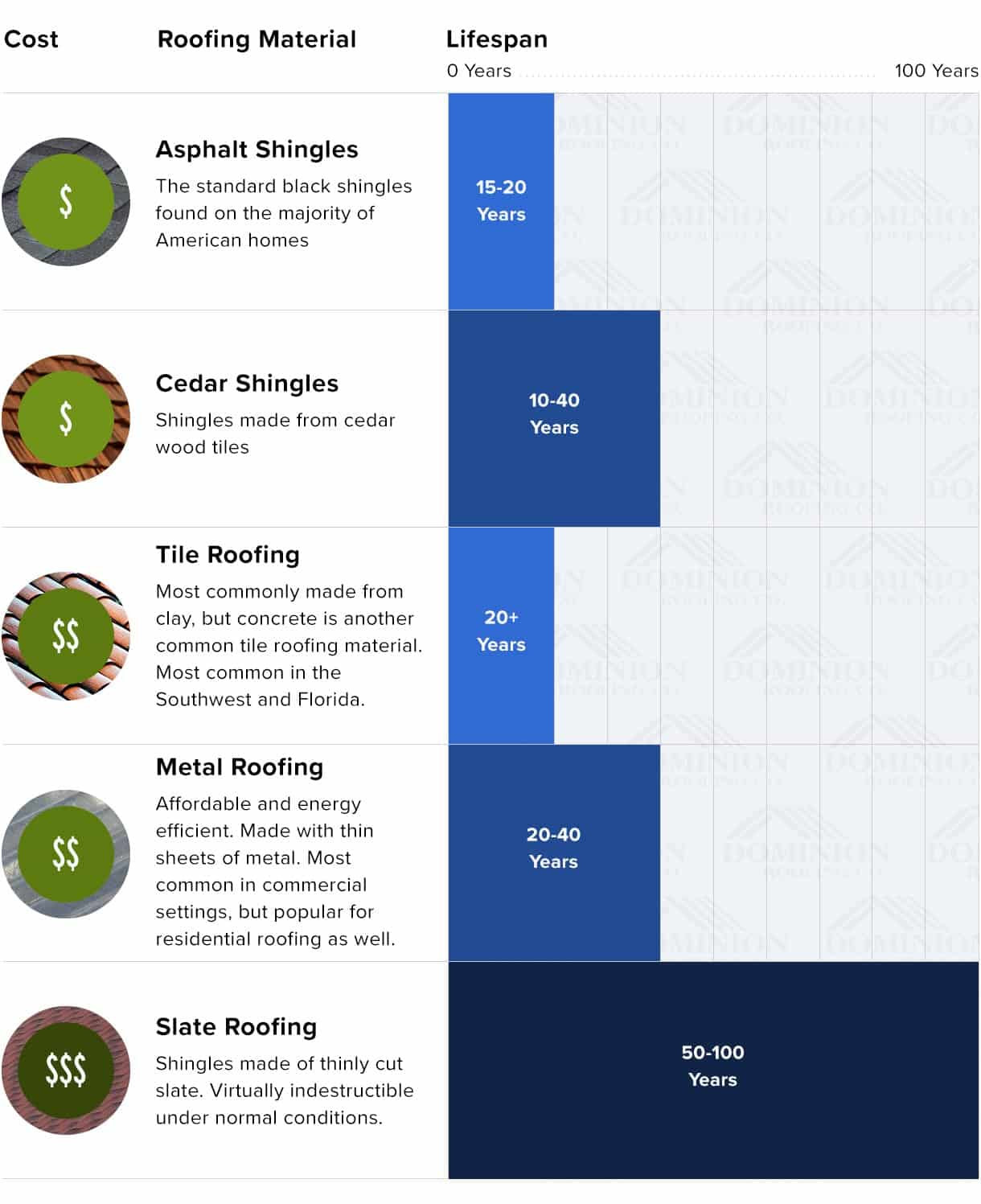Stopping Working To Deal With Roofing System Ventilation Might Trigger Considerable Damage; Explore The Critical Aspects That Add To A Successful Setup And Protect Your Economic Dedication.
Stopping Working To Deal With Roofing System Ventilation Might Trigger Considerable Damage; Explore The Critical Aspects That Add To A Successful Setup And Protect Your Economic Dedication.
Blog Article
Created By-Caldwell Curtis
When you're tackling a roof project, you might not think much concerning roof ventilation, yet it's more essential than you realize. Reliable ventilation helps regulate temperature level and wetness in your attic, preventing problems like mold and mildew and architectural damages. By recognizing exactly how to make and install a balanced air flow system, you can enhance power performance and prolong the life-span of your roof materials. So, what are the key elements to take into consideration during setup that can make all the difference?
Importance of Roofing Ventilation
Roofing air flow plays a vital function in keeping the general health of your home. By permitting fresh air to distribute via your attic, it aids control temperature level and dampness levels. best roofer san antonio is vital to protect against warmth buildup during hot months, which can cause increased power expenses as your air conditioning works overtime.
In addition, appropriate air flow significantly decreases the risk of moisture-related problems like mold and mildew and mold. If moisture degrees climb, your home's architectural stability can be compromised, leading to expensive repairs. You wouldn't want to take care of deteriorating wood or deformed roof materials, right?
In addition, sufficient ventilation extends the life-span of your roofing system. When warm and moisture are kept in check, your roofing can carry out optimally, protecting against premature wear and tear. This means fewer headaches and costs down the line.
How Roof Covering Air Flow Functions
Effective roof covering air flow depends on the natural activity of air to develop an equilibrium in between intake and exhaust. When san antonio window installation set up vents, you're basically permitting fresh air to enter your attic while making it possible for hot, stagnant air to escape. This procedure helps manage temperature level and wetness degrees, protecting against issues like mold development and roof damages.
Consumption vents, commonly found at the eaves, pull in cool air from outdoors. At the same time, exhaust vents, located near the ridge of the roofing, let hot air surge and exit. The difference in temperature level develops an all-natural air flow, referred to as the pile impact. As warm air surges, it produces a vacuum that draws in cooler air from the lower vents.
To maximize this system, you need to ensure that the consumption and exhaust vents are properly sized and placed. If the consumption is restricted, you will not achieve the preferred air flow.
Likewise, not enough exhaust can trap warm and dampness, resulting in possible damages.
Key Installment Considerations
When setting up roofing system ventilation, a number of essential considerations can make or break your system's performance. First, you require to evaluate your roof's design. The pitch, shape, and products all influence air movement and air flow option. Ensure to pick vents that suit your roof kind and neighborhood environment conditions.
Next, consider the positioning of your vents. Ideally, you'll desire a well balanced system with consumption and exhaust vents positioned for ideal air flow. Location intake vents low on the roofing system and exhaust vents near the optimal to encourage a natural circulation of air. This arrangement helps prevent moisture build-up and promotes energy efficiency.
Don't ignore insulation. Proper insulation in your attic protects against warmth from getting away and keeps your home comfortable. Ensure that insulation doesn't obstruct your vents, as this can hinder airflow.
Last but not least, consider upkeep. Pick ventilation systems that are easy to gain access to for cleaning and inspection. Normal maintenance ensures your system continues to operate successfully with time.
Final thought
In conclusion, roofing system air flow is crucial for an effective installation. By making certain appropriate air flow, you can avoid warmth accumulation and wetness problems that result in expensive damages. When you purposefully placement consumption and exhaust vents, you boost energy performance and prolong the life expectancy of your roofing. Remember, a well-ventilated roofing system not only secures your investment however likewise improves your indoor air high quality. So, focus on ventilation to ensure a resistant and cost-effective roofing system for your home.
